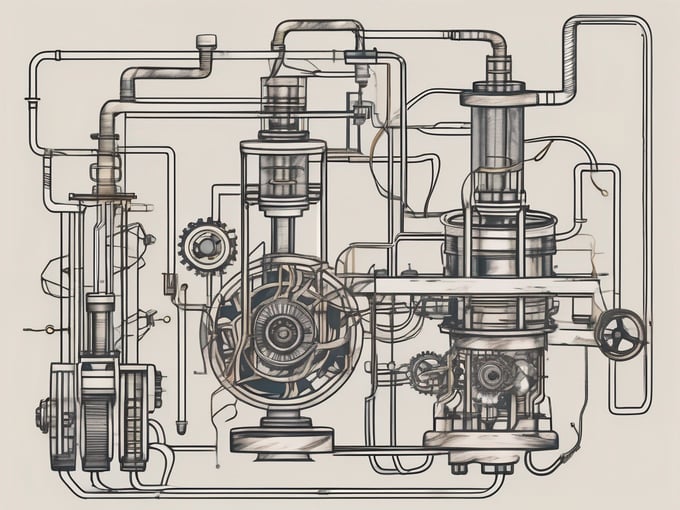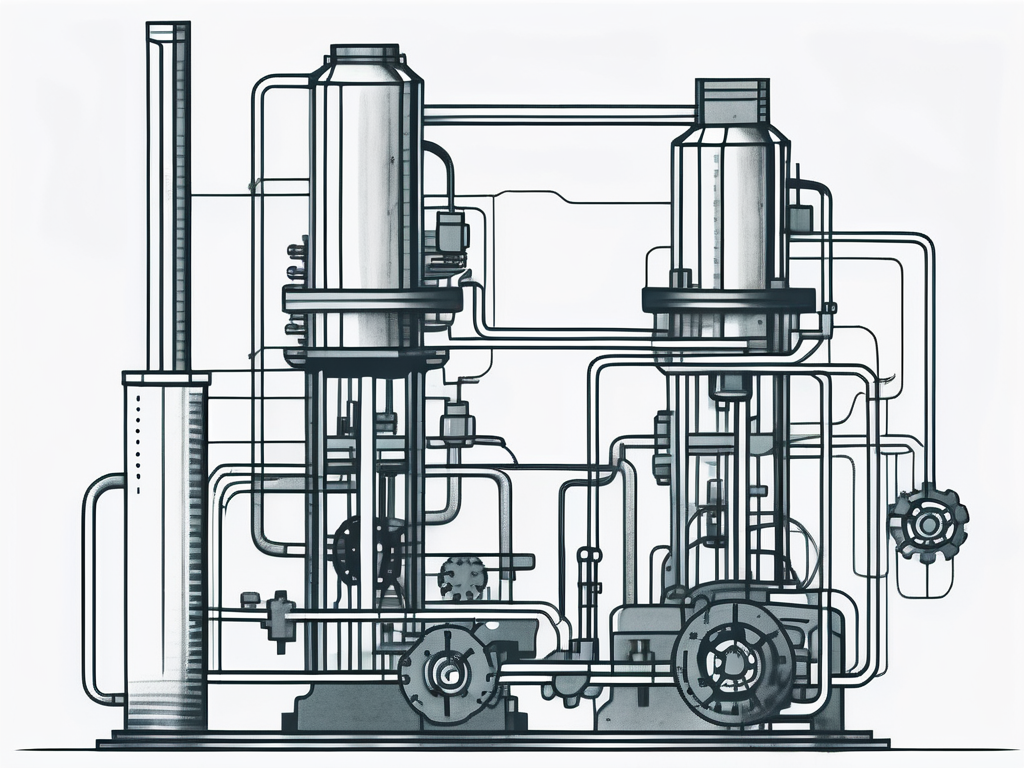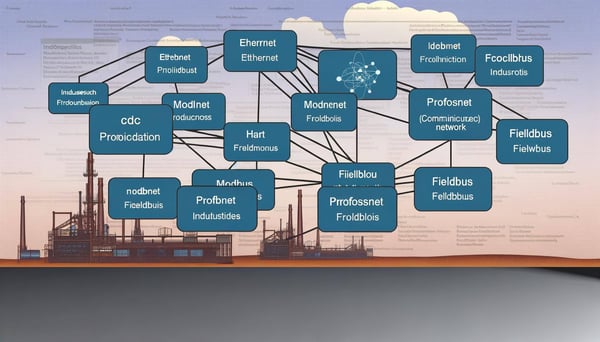
Fundamentals of UMAT
In the world of industrial automation, communication protocols play a pivotal role in ensuring seamless integration and operation of various devices and systems. One such protocol that has gained significant attention in recent years is the UMAT (Unified Modbus Application Transport) protocol. This article delves into the fundamentals of UMAT, its applications, benefits, and how it is transforming the landscape of industrial communication protocols.
Understanding UMAT
The Unified Modbus Application Transport (UMAT) protocol is a modern, robust, and flexible communication protocol designed for industrial automation applications. It is based on the well-established Modbus protocol, a simple and widely used protocol that allows communication between devices in an industrial network.
UMAT enhances the capabilities of the traditional Modbus protocol by introducing advanced features such as security, reliability, and interoperability. It maintains the simplicity and ease-of-use of Modbus while addressing its limitations, making it a powerful tool for modern industrial automation systems.
Key Features of UMAT
UMAT is designed to offer a host of features that make it an ideal choice for industrial automation. These include:
- Security: UMAT incorporates advanced security features to protect against unauthorized access and data breaches. It uses encryption and authentication mechanisms to ensure the integrity and confidentiality of data.
- Reliability: UMAT provides reliable data transmission, even in harsh industrial environments. It uses error detection and correction mechanisms to ensure the accuracy of data.
- Interoperability: UMAT supports interoperability between different devices and systems. It uses a standardized data model, allowing devices from different manufacturers to communicate seamlessly.
UMAT vs. Traditional Modbus
While the traditional Modbus protocol has been widely used in industrial automation for decades, it has certain limitations. For instance, it lacks advanced security features, making it vulnerable to cyber-attacks. Additionally, it does not support interoperability between different devices and systems, limiting its usability in complex industrial networks.
UMAT addresses these limitations by incorporating advanced features while maintaining the simplicity and ease-of-use of Modbus. It provides a secure, reliable, and interoperable communication solution for modern industrial automation systems.
Applications of UMAT
UMAT finds its applications in a wide range of industrial automation systems. It is used in sectors such as manufacturing, energy, transportation, and infrastructure, among others. Here are some of the key applications of UMAT:

Manufacturing
In the manufacturing sector, UMAT is used to facilitate communication between various devices and systems. It enables the integration of different manufacturing processes, improving efficiency and productivity. It also provides a secure and reliable communication solution, protecting against data breaches and ensuring the accuracy of data.
Energy
UMAT is used in the energy sector to manage and control various energy systems. It allows for the integration of different energy sources, improving energy efficiency and reducing costs. It also provides a secure and reliable communication solution, protecting against unauthorized access and ensuring the integrity of data.
Transportation
In the transportation sector, UMAT is used to manage and control various transportation systems. It enables the integration of different transportation modes, improving efficiency and safety. It also provides a secure and reliable communication solution, protecting against data breaches and ensuring the accuracy of data.
Benefits of UMAT
UMAT offers a host of benefits that make it an ideal choice for industrial automation. These include:
- Enhanced Security: UMAT provides advanced security features, protecting against unauthorized access and data breaches. This ensures the integrity and confidentiality of data, making it a secure communication solution for industrial automation.
- Improved Reliability: UMAT offers reliable data transmission, even in harsh industrial environments. This ensures the accuracy of data, improving the efficiency and productivity of industrial automation systems.
- Increased Interoperability: UMAT supports interoperability between different devices and systems. This allows for the seamless integration of various industrial processes, improving the efficiency and productivity of industrial automation systems.
Conclusion
In conclusion, UMAT is a powerful communication protocol that is transforming the landscape of industrial automation. It offers a host of features and benefits that make it an ideal choice for modern industrial automation systems. With its advanced security, reliability, and interoperability features, UMAT is set to play a pivotal role in the future of industrial automation.




